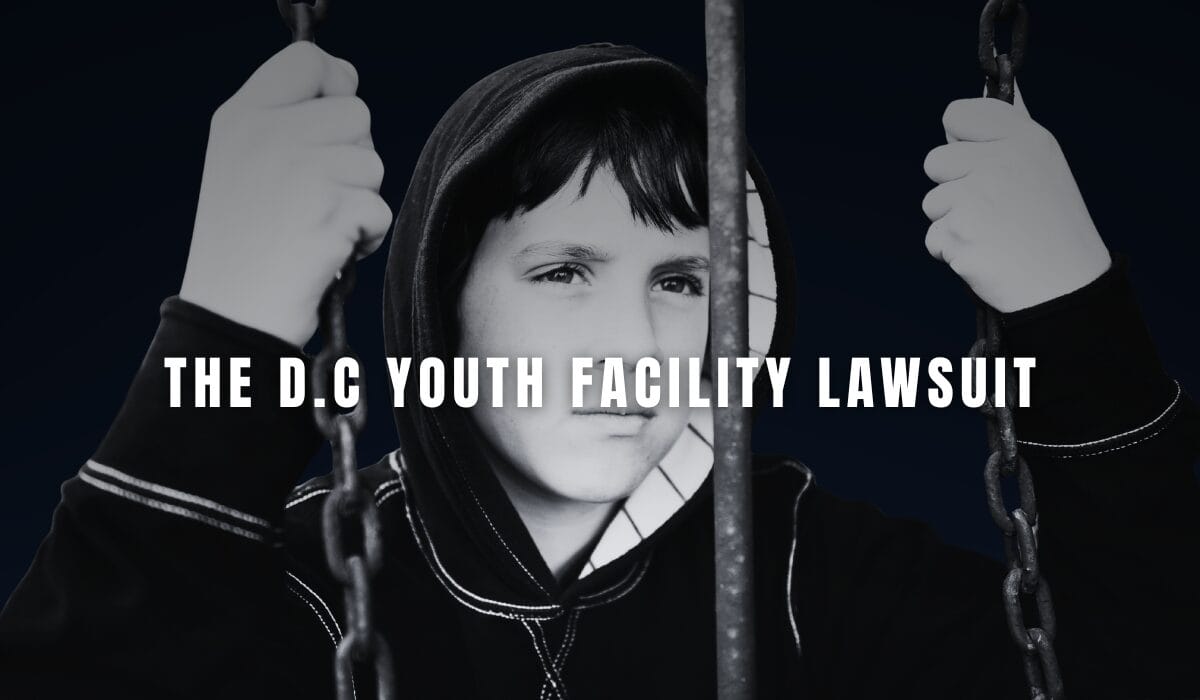In October 2025, a civil lawsuit was filed against Washington, D.C.’s Department of Youth Rehabilitation Services (DYRS), alleging that the agency ignored multiple red flags and failed to protect a 17-year-old detainee from repeated sexual assaults by a guard.
The accused guard, Kelvin Powell, has already been criminally convicted of sexually abusing the teen between December 2021 and February 2022. Now, the civil lawsuit argues that DYRS not only failed in its duty of care but also allowed the abuse to continue by ignoring clear warning signs.
Core Allegations of Institutional Negligence
The lawsuit highlights systemic failures that go beyond individual misconduct:
- Failure to Supervise: DYRS allegedly failed to properly monitor Powell despite prior complaints and troubling behavior.
- Ignored Red Flags: The teen reported inappropriate conduct, but supervisors took no action to protect her.
- Breach of Duty of Care: As a custodial institution, DYRS had a heightened legal obligation to protect minors in its care.
These allegations set the stage for a broader question: When does a correctional institution become civilly liable for abuse committed by its staff?
Legal Theories at Play in Detention Facility Abuse Cases
Cases like this typically hinge on several key liability theories:
- Negligent Hiring & Retention – Did the institution fail to properly screen or remove an employee with known risks?
- Failure to Supervise – Were staff adequately trained and monitored to prevent misconduct?
- Deliberate Indifference (Civil Rights Claims) – Did officials consciously disregard the risk of harm, creating liability under Section 1983?
- Institutional Liability – Can a systemic culture of neglect make the entire agency responsible for individual acts of abuse?
Why This Case Matters for Institutional Abuse Litigation
- Custodial Settings Heighten Risk
Youth detention centers, correctional facilities, and residential treatment centers house vulnerable populations where power imbalances make abuse more likely. - Precedent for Similar Lawsuits
A ruling against DYRS could embolden survivors in other states to file lawsuits against juvenile detention facilities, prisons, or residential treatment programs. - Broader Accountability Questions
This case underscores the growing legal trend of holding institutions accountable for systemic negligence, not just individual perpetrators.
Implications for Law Firms & Intake Strategy
For plaintiff law firms, this lawsuit highlights a critical litigation frontier:
- New Intake Opportunities: Abuse in correctional and juvenile facilities remains an underdeveloped area of litigation compared to clergy, schools, or rideshare cases.
- Evidence Challenges: Intake teams should be prepared to gather internal records, whistleblower accounts, prior complaints, and staff personnel files.
- High-Value Potential: Because these cases often involve government agencies, damages may include punitive awards or large settlements designed to deter future misconduct.
The Bigger Picture: Institutional Abuse Beyond Schools and Churches
This lawsuit shows that institutional sexual abuse litigation is expanding beyond traditional targets like churches and schools. Correctional facilities, detention centers, and government agencies are increasingly being scrutinized for their failures to protect vulnerable populations.
With expanded lookback windows and increased survivor awareness, law firms should anticipate a wave of litigation targeting youth facilities across the country.
Partner With Blue Sky Legal
At Blue Sky Legal, we help law firms stay ahead of the curve in emerging litigation. From public school abuse claims to correctional facility cases, our campaigns and intake systems are designed to capture qualified survivors and position firms for leadership roles in mass litigation.
If your firm is exploring institutional abuse lawsuits or preparing to expand into youth detention and correctional facility cases, contact Blue Sky Legal today to learn how we can help you build strong cases and secure early positioning in this critical area of litigation.
Contact Us Today!


